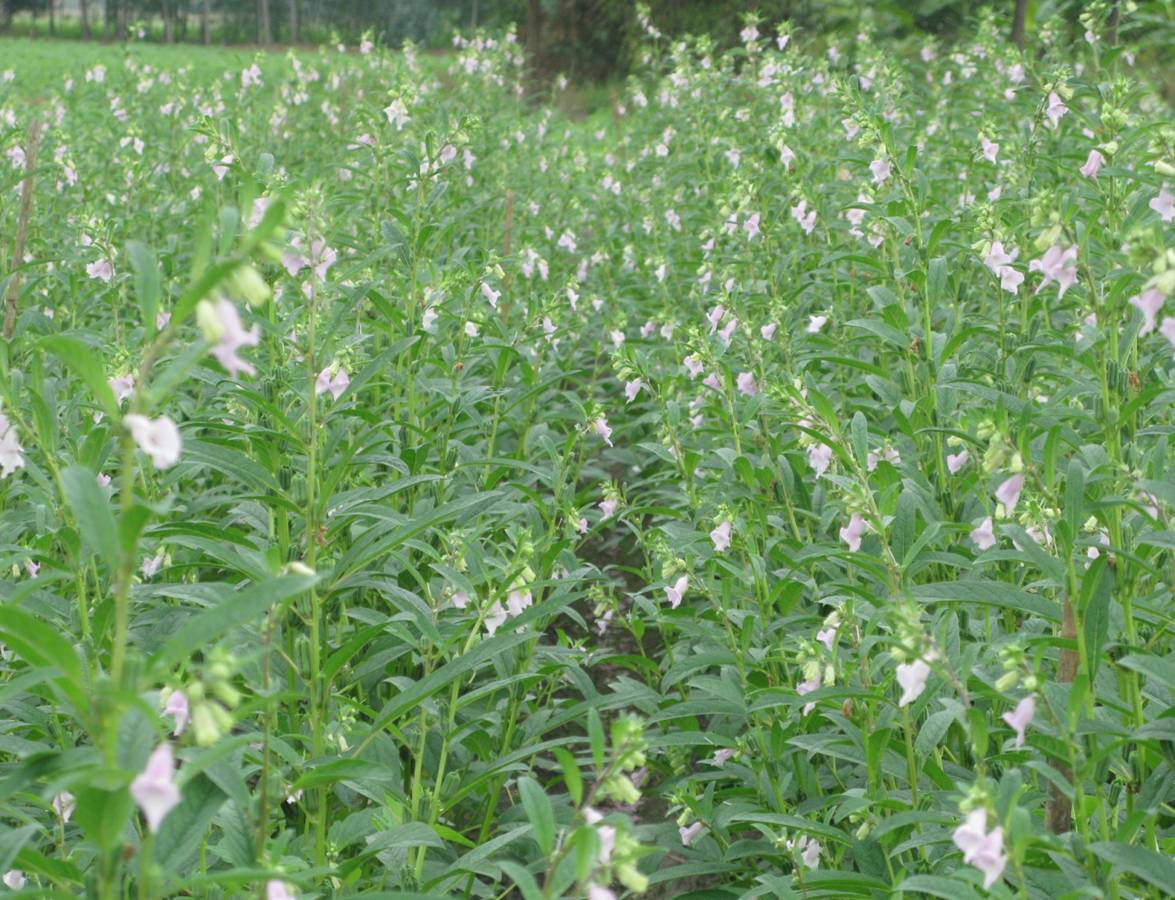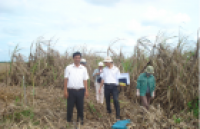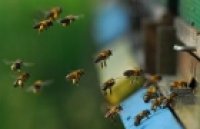| Identification and genome analysis of tomato chlorotic spot virus and dsRNA viruses from coinfected vegetables in the Dominican Republic by high-throughput sequencing. |
|
The Tomato chlorotic spot virus (TCSV) was first reported in the 1980s, having its occurrence limited to Brazil and Argentina. Due to an apparent mild severity in the past, molecular studies concerning TCSV were neglected. However, TCSV has disseminated over the USA and Caribbean countries. In Dominican Republic TCSV has been recently reported on important cultivated crops such as pepper and beans. |
|
Martínez RT, de Almeida MMS, Rodriguez R, de Oliveira AS, Melo FL, Resende RO. Virol J. 2018 Jan 26;15(1):24. doi: 10.1186/s12985-018-0931-9. AbstractThe Tomato chlorotic spot virus (TCSV) was first reported in the 1980s, having its occurrence limited to Brazil and Argentina. Due to an apparent mild severity in the past, molecular studies concerning TCSV were neglected. However, TCSV has disseminated over the USA and Caribbean countries. In Dominican Republic TCSV has been recently reported on important cultivated crops such as pepper and beans. In this work, we provide the first complete genome of a TCSV isolate from symptomatic plants in Dominican Republic, which was obtained by high-throughput sequencing. In addition, three dsRNA viruses from different virus families were identified coinfecting these plants Bell pepper endornavirus (BPEV), Southern tomato virus (STV) and Pepper cryptic virus 2 (PCV-2). Phylogenetic analysis showed that the Dominican Republic TCSV isolate has a close relationship with other TCSV isolates and a reassortant isolate between TCSV and Groundnut ringspot virus (GRSV), all found in USA. BPEV, STV and PCV-2 isolates from Dominican Republic were close related to corresponding American isolates. The possible biological implications of these virus-mixed infections are discussed.
See https://www.ncbi.nlm.nih.gov/pubmed/29373979
Figure 2: Genome representation of Tomato chlorotic spot virus (TCSV) isolated from Dominican Republic. The L RNA has a negative polarity with 8873 nucleotides that encodes to the viral RNA polymerase (RdRp). The M RNA has 4847 nucleotides and two ORFs in ambisense orientation that encode to the envelope glycoproteins (Gn and Gc) in the virus- complementary sense and the movement protein (Nsm) in the viral strand. The S RNA with 3311 nucleotides is ambisense as well. The viral strand encodes to the non-structural protein (Nss) and the complementary strand the nucleocapsid protein (N). The expected sizes of TCSV-encoded proteins are indicated. The consensus of each genomic segment was deposited under GenBank accession numbers KX463272 [Large (L) segment], KX463273 [Medium (M) segment], and KX463274 [Small (S) segment]
|
|
|
|
[ Tin tức liên quan ]___________________________________________________
|


 Curently online :
Curently online :
 Total visitors :
Total visitors :
(53).png)


